Fraud Alert - Beware of Fraudulent CPR Courses in Roseville

How Do I Know If A Class Is Fraudulent?
Fraudulent American Heart Association (AHA) training courses have become a growing issue across California and throughout the United States.
If you’ve recently taken a course or are considering attending one that feels suspicious, it’s crucial to verify its legitimacy. Should you identify a fraudulent course, it’s your responsibility to report it directly to the American Heart Association. By doing so, you not only help protect others but also ensure the integrity of proper AHA training standards.
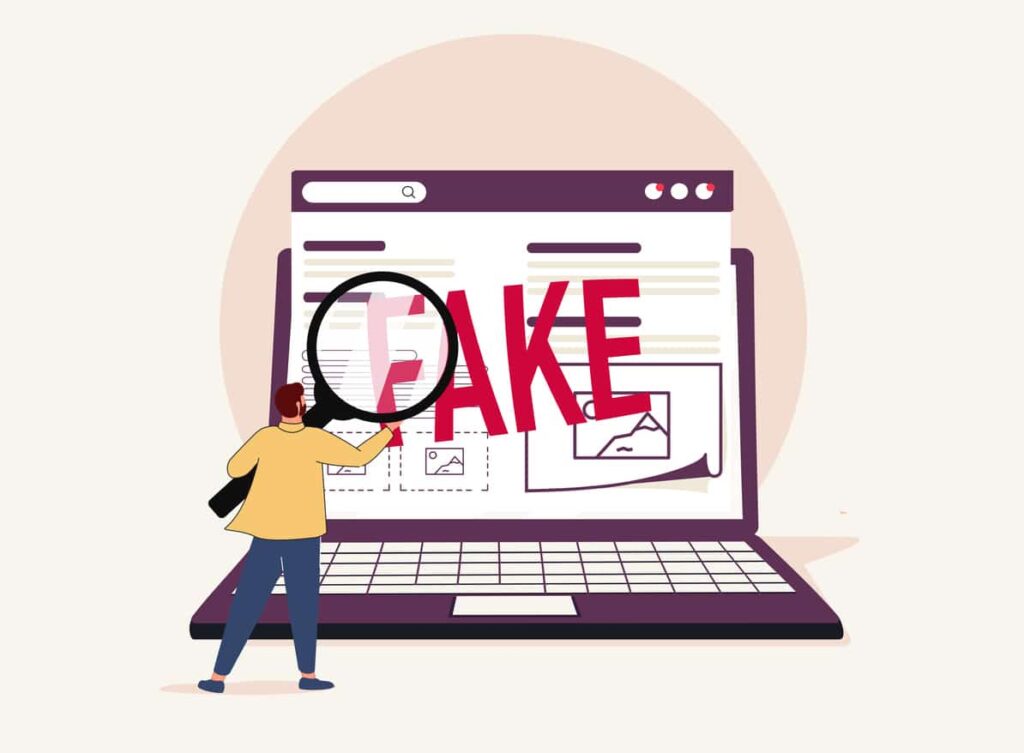
Summation of CPR Scams
- They conduct classes fraudulently, often skipping essential steps.
- They lack a website, or the website looks questionable.
- There’s no physical address or valid phone number available.
- Their website doesn't display the official AHA logo, which likely means they aren't certified by the organization.
- They issue certification cards without requiring hands-on practice with manikins.
- They don't include or require students to use an official course book during instructor-led sessions.
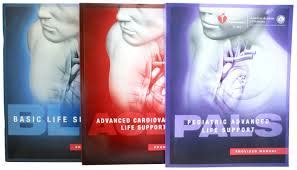
Stacking - Teaching Classes Same Time
Teaching multiple American Heart Association (AHA) courses simultaneously, like BLS, ACLS, and PALS, is not feasible. Each course features unique content and videos, making it impossible to conduct them all at once.
If you see this practice happening, it might be a compliance concern.
What to do:
Report the issue by emailing the American Heart Association at [email protected].

Online Only CPR Companies
The American Heart Association (AHA) does not endorse or certify training courses created by other organizations. Claims such as “AHA Certified,” “AHA Approved,” “AHA Compliant,” or “created by AHA certified instructors” often indicate fake websites with counterfeit certifications. Always be cautious—genuine AHA cards are issued exclusively by authorized training centers.
If you wish to take an online CPR course, it must be completed through the American Heart Association. Additionally, skills testing must happen with either a certified instructor or a Voice-Assisted Manikin (VAM).

Cash or Venmo Accepted Only
Be cautious of CPR training companies that only accept Venmo, cash, or PayPal. Why? Some use these methods to bypass tax regulations, allowing them to open and shut operations without warning.
Here’s the issue with cash payments: No paper trail means no protection. If something goes wrong—like never receiving your certification—you can’t dispute the charges or recover your money.
Protect yourself by paying with a credit card. This way, if you’re scammed, you have the ability to file a dispute and safeguard your investment.

Zoom Courses
Acceptable Courses Over Zoom
- Complete the official BLS Online Heartcode or Heartsaver Online CPR and First Aid course.
- Schedule a skills test with an American Heart Association (AHA) Instructor via Zoom, conducted in an office equipped with CPR manikins.
Unacceptable Courses Over Zoom
- Participating in a Zoom meeting without appropriate equipment, such as CPR manikins and an AED.
- ACLS or PALS skills testing via Zoom is strictly forbidden.
What to do:
If you’re unsure or have questions, email the American Heart Association at [email protected].

Written Test Only
Some CPR companies may try to scam you by sending an online test from eLearning.heart.org and emailing you a certification card claiming to be from the American Heart Association (AHA).
Here’s the truth: AHA-approved courses require hands-on practice with CPR manikins. If no practical component is involved, the certification is not valid.
What to do:
Report the issue by emailing the American Heart Association at [email protected].
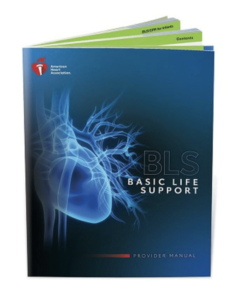
Book Policy
If you’re taking an instructor-led course, the American Heart Association requires that you have the book or eBook “before, during, and after the class.”
If a provider loans or rents you a book—or doesn’t require you to purchase one—you’re likely enrolled in a fraudulent course.
What to do:
Report the issue by emailing the American Heart Association at [email protected].
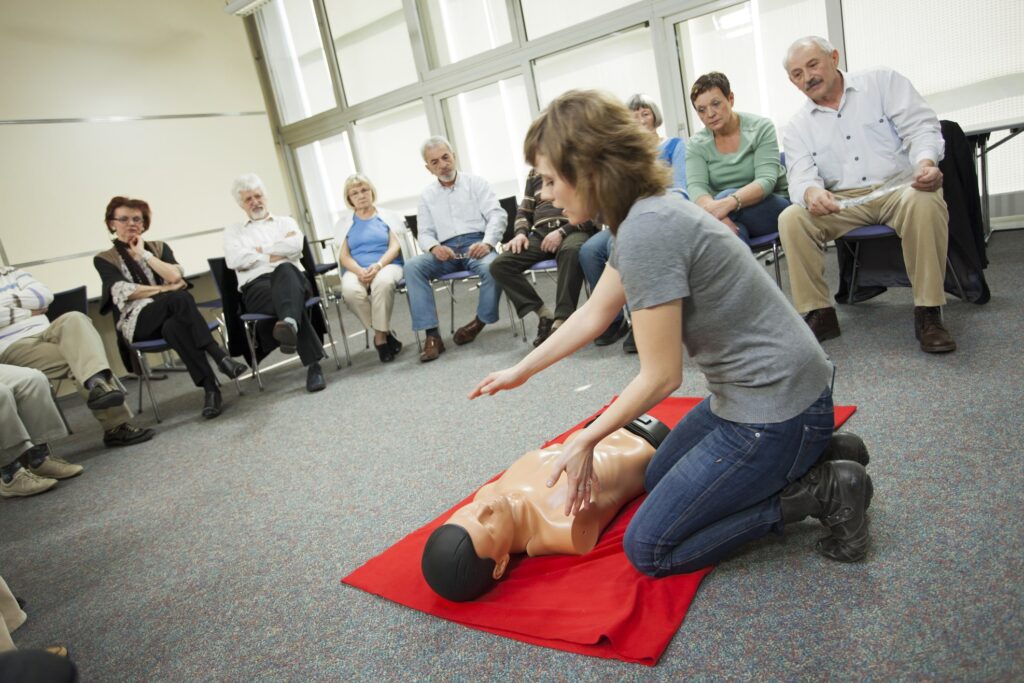
Instructor To Student Ratio
Maintaining the correct instructor-to-student ratio is essential to ensure proper monitoring during training sessions. If you notice your class exceeds the recommended ratios, it’s important to alert the American Heart Association.
BLS: 1 instructor for every 9 students
ACLS: 1 instructor for every 6 students
PALS: 1 instructor for every 6 students
What to do:
If your course exceeds these ratios, email the American Heart Association at [email protected] to report the issue.
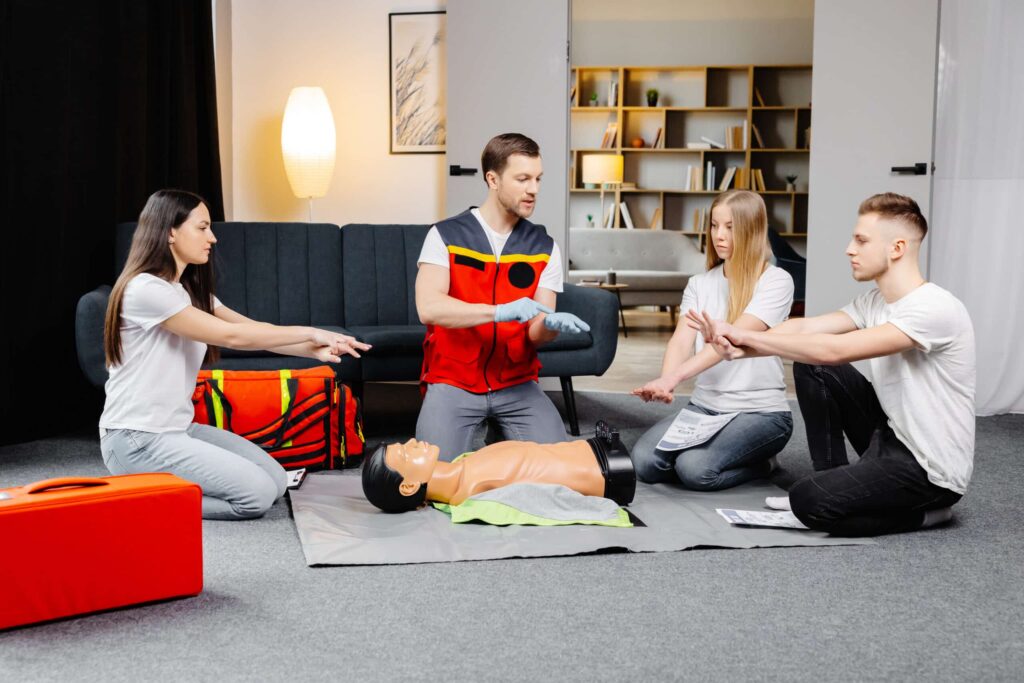
Classes Inside A Person's Home
- Fire Hazards & Safety Risks
- Lack of Insurance
- Unprofessional Environment
- Personal Safety Concerns

Course Length For Instructor Led Training
Some CPR companies in California offer shortened courses to cut costs. This practice compromises the quality of training and may not meet official guidelines. Whether it’s a small class or one-on-one training, the duration of your course matters. Often, these companies only provide a start time but omit the end time, leaving you uncertain about the course’s legitimacy.
If the course duration doesn’t align with the American Heart Association (AHA) standards, the training may be fraudulent.
BLS (Basic Life Support): 3–4 hours
ACLS (Advanced Cardiovascular Life Support): 4–6 hours
PALS (Pediatric Advanced Life Support): 4–6 hours
What to do:
Report concerns directly to the American Heart Association. Email them at [email protected] to ensure you receive proper, accredited training.
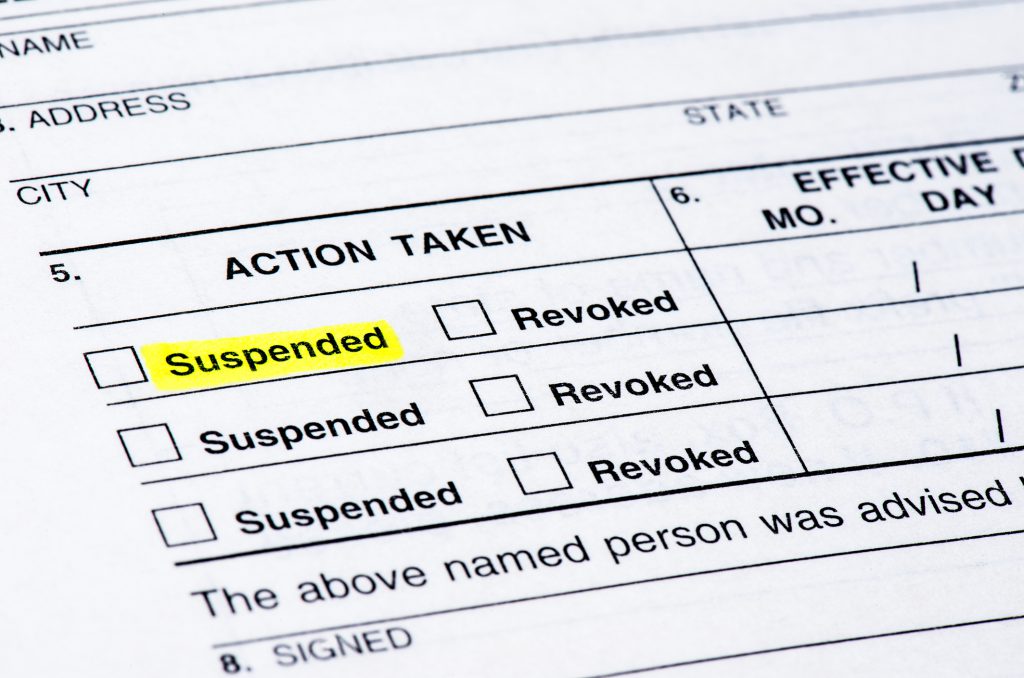
Revoking Your Certification Card
If you take a non-compliant course, your certification card could be revoked. That means your employer or school might be notified, letting them know you attended a course that didn’t meet compliance standards. This could damage your reputation, as it shows you didn’t follow proper procedures.
If you host public courses at your facility or institution, the impact could be even greater. Certification cards issued during the last three months by that instructor might also be revoked. Imagine the refunds you’d need to process and the blow to your credibility.
Additionally, if Continuing Education (CE) Credits were issued—such as from a dental board—you could face compliance complications on another level.

Nurses And Professional Conduct
Medical professionals, including nurses and dentists in California, must adhere to a strict code of ethics. This includes ensuring that their CPR certifications meet proper guidelines. If you complete a CPR course that doesn’t follow recognized standards, you may have to retake the course or face potential disciplinary consequences. Additionally, many schools and medical facilities will reject certification cards from illegitimate training programs.
If you’re an administrator, it’s your responsibility to ensure your staff is trained at a reputable American Heart Association Training Center. Avoid the risk of putting your organization’s reputation on the line—you wouldn’t want to see it highlighted in a negative news story (see below).

Fraudulent CPR Training In The News
Resuscitation Quality Improvement by the American Heart Association
For a valid American Heart Association course, it’s essential to enroll in the official AHA HeartCode programs like BLS CPR, ACLS, or PALS. Start with the AHA HeartCode online course, followed by skills testing on a VAM (voice-assisted manikin) or with a virtual instructor. Once completed, you’ll receive an official AHA certification card, valid for two years.
Safety Training Seminars proudly offers these courses across 65+ cities in Northern California. Our American Heart Association license number is 20784. Since 1989, we’ve been trusted by leading medical and healthcare organizations in California. Over 60,000 students each year choose and return to Safety Training Seminars for reliable training they trust.

